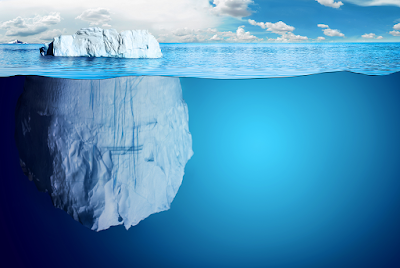Water is an abundantly occurring natural source. It is found on the surface of the earth as well in the underground resources. Water is said to comprise the 70 percent of the earth’s surface, beside it is present in some ratio in the atmosphere. Around us, the living being on the earth are also composed of water. The human body is consisting of only 70 percent of water in the form of blood and other liquid states the human body. Water is necessary for the smooth working of many natural processes on earth man and living animal depends on water by in taking it. Man cannot continue his life if he gets deprived of water due to any reason.
Physical properties of water:
Water is present in the form of liquid in nature. It is colorless, odorless, tasteless liquid. But if it is present in reservoirs, it appears with a tinge of blue. Ice is the solid form of water and in gaseous form, it is can felt as water vapors. The boiling point of water is 100 degree Celsius; it is the point when liquid water changes from liquid state to gaseous state. The freezing point, the point when water changed from liquids state to solid state ice is 0 degree Celsius. These above two properties of water are due to hydrogen bonding present in the water molecules. Besides, the water is good universal solvent, able to dissolve minerals and salt in it.
Chemical properties of water:
Water molecule as polar molecule:
The water molecule is composed of 2 hydrogens and one oxygen connected with the covalent bond. Hydrogen bonding in the water molecules is responsible for different chemical properties in water. A water molecule is a polar molecule because they are unequally shared electrons between hydrogen and oxygen atoms. The oxygen has more electronegativity than the hydrogen and the result it attracts more molecules toward it making hydrogen end of molecules positive. This in turns results in making water soluble for minerals.
Water cannot dissolve nonpolar substances:
The polar substances are easily dissolved in water due to the presence of negative and positive charges on the hydrogen and oxygen molecules in water. the sodium chloride bearing the polar specification get easily dissolved in water while the non-polar molecules are not dissolved in water. They remain as clumped together.
Water as amphoteric compound:
Another property of water is that it is amphoteric compound. It can react with base or acid in a chemical reaction in a laboratory as well as in nature.
Cohesive and adhesive nature of water :
Water is cohesive or adhesive due to the presence of hydrogen bonding in it. Atoms in water molecules bear small charges that are responsible for making them join them together. Due to this ability water is easily transported to the top parts of plants from the soil it due to this fact that water easily gets sucked by the straw.
Biological properties of water:
Water is an essential element of the cell in plants and animals the cell in animal and human is made up of liquid known as cytoplasm. All the components of organism’s cell like DNA and other organelles are dissolved in water. Water being polar molecule keeps the organelles in the cell from moving apart out of the cell membrane. The electronegativity in of water help in transporting the impulse from and to the brain.






You’ve got some interesting points in this article. I would have never considered any of these if I didn’t come across this. Thanks!. Natural pools
ReplyDelete